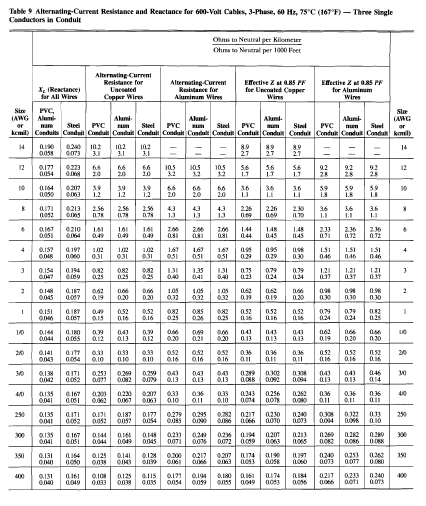Type of DC Network: Network with the middle point of the supply source connected to ground
 |
| DC Network with the middle point of the supply source connected to ground | Source: ABB |
This type of network is obtained by connecting the middle point of the battery to the ground. This type of connection reduces the value of static overvoltages, which could otherwise be present at a full voltage in an insulated plant.
 |
| Grounding Solution | Source: ABB |
The main disadvantage of this connection, if compared with other types, is that a fault between a terminal and ground gives rise to a fault current at a voltage V/2.
Related Article:
- Type of DC Network: Network insulated from ground
- Type of DC Network: Network with one terminal grounded
Fault types in a network with the middle point connected to ground
Fault A
The fault between the two terminals is a short-circuit current fed by the full voltage V. The breaking capacity of the circuit breaker shall be sized according to the short-circuit current relevant to such a fault.
 |
| Sample Fault: Fault at A |
Fault B
 |
| Sample Fault: Fault at B |
In this case, the fault is analogous to the previous case but it involves the negative terminal.
 |
| Sample Fault: Fault at C |
Source:
- ABB Circuit Breakers for Direct Current Applications | pp. 18-19
- Publisher: ABB
- Download Here

.webp)











No comments: